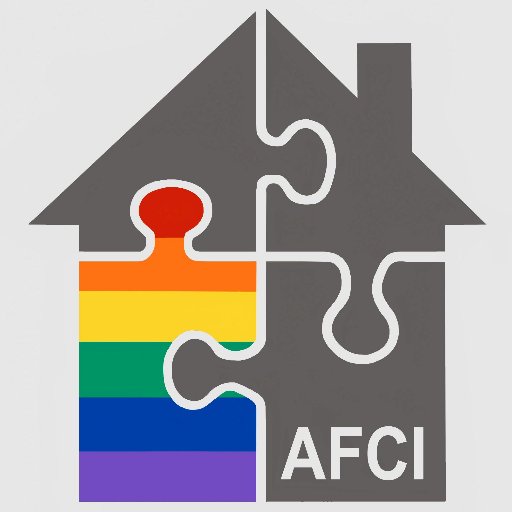What Does Gay Mean?
THE SHORT ANSWER
On this site we use the term “gay” as an umbrella word that includes: Bisexual people, Transgender people, Queer/Non-binary people, Lesbian/homosexual women, Gay/homosexual men.
We all have a sexual orientation; our emotional, physical or sexual attraction to another person; whether of the opposite sex or the same sex. Common labels are: Lesbian, Gay, Bisexual, and Heterosexual.
We all have a gender identity; how we feel internally about ourselves, as female, male, neither or both. Common labels are: Transgender, Cisgender, Queer/Non-Binary.
INTRODUCTION TO SEXUAL ORIENTATION
THE LONG ANSWER: SEXUAL ORIENTATION
Everyone has a sexual orientation. How they feel towards others. Sexual orientation is a term often used when referring to an individual’s emotional and/or sexual attraction to those of the same and/or another sex. A person may know who they are attracted to, long before thinking about sexual relationships.
Gay, lesbian. bisexual and heterosexual are examples of identity labels that people may use to describe their sexual orientation.
Lesbian refers to a woman whose emotional, romantic and/or physical attraction is to other women.
Gay refers to a man whose romantic and/or physical attraction is to other men.
Bisexual refers to an individual whose emotional, romantic and/or physical attraction is to a person without regard to the person’s sex.
Heterosexual refers to an individual whose emotional, romantic and/or physical attraction is to a person of the other sex.
Everyone expresses how they feel toward others in unique ways. There are many different labels that people may use to describe the way they feel towards others (sexual orientation.) Lesbian, Gay, and Bisexual have been the most common labels adopted by individuals who are sexual minorities.
Some may choose not to label their sexual orientation because they do not believe that the labels accurately reflect their experiences, or because they fear the stigma associated with the labels.
Whether or not a person is able to publicly disclose their sexual orientation does not change how they feel toward others. It does not change who they are.
GENDER IDENTITY INTRODUCTION
THE LONG ANSWER: GENDER IDENTITY
Everyone has a gender identity. How they feel about themselves. I am: a woman, a man, neither, both. Transgender/Trans* is a term for people whose gender identity and/or gender expression is different from those typically associated with their assigned sex at birth.
Trans Woman defines a person who was assigned a male sex at birth but has a female gender identity. Also known as Male to Female, MTF or M2F.
Trans man defines a person who was assigned a female sex at birth but has a male gender identity. Also known as Female to Male, FTM or F2M.
Non-binary Trans People is an umbrella term for gender identities that are not exclusively female or male. Also know as Gender Queer.
Cisgender defines a person who identifies with the sex they were assigned at birth.
Everyone expresses how they feel about themselves in unique ways. There are many different labels that people may use to describe the way they feel about themselves (gender identity.) Transgender, Trans Man, Trans Woman, Gender Queer, and Cisgender are the most common labels adopted by individuals. Some may choose not to label their gender identity because they do not believe that the labels accurately reflect their experiences, or because they fear the stigma associated with the labels.
Whether or not a person is able to publicly disclose their gender identity does not change how they feel about themselves. It does not change who they are.
*Transgender is correctly used as an adjective, not a noun. (Transgender person, transgender people.)
If you have questions or comments, please use the following link to send them. Someone from the AFCI Education Center will respond asap.
Email: Questions and Comments

